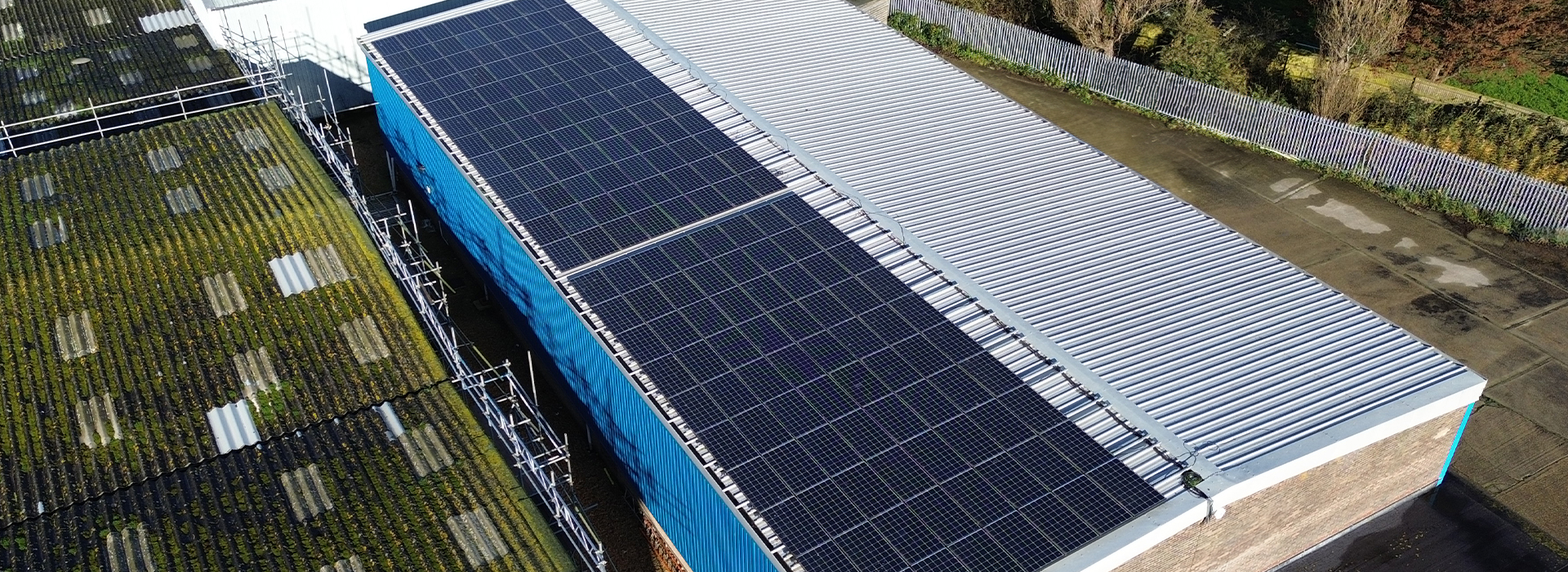What are the risks of working at height?
The main risks of working at height (relating to roof work in particular) are:
Fragile Roofs
Roofing materials such as cement, asbestos, glass, reinforced plastics and felt are liable to collapse under the weight of a worker.
Pitched Roofs
Roofs with a pitch greater than 10 degrees carry an increased risk of falling due to sloping edges, which typically cause more serious injuries due to higher acceleration being generated when falling.
Roof Lights
Roof lights are usually made of fragile materials (such as plastics and glass) and are not always easy to see, as they could be covered by dirt, grime moss or algae. If they are not covered, guarded or fitted with toeboards, it can be easy to fall through and suffer serious injury from roof lights.
Deterioration Of Materials
The condition of the structure on which people are working should be sound, however materials deteriorate over time – particularly when exposed to the effects of the weather – and this can present a hazard in 2 ways:
- Materials breaking when weight is applied.
- Materials breaking off and falling to hit people or structures at lower levels.
Unprotected Edges
Where the edges of a surface on which people are working are open, the risk of falls or falling objects is greatly increased. This applies to roofs, elevated walkways, scaffolding and access platforms. There are numerous ways of preventing falls from roof edges, including guardrail edge protection.
Voids
The floor within a void is often the ceiling of a room or space below, so access on fragile surfaces can be a major issue and crawling boards may be required for safe access within the void.
Falling Materials
Objects falling from a height are capable of causing considerable damage to both people and other materials that they hit. The objects themselves may be:
- Loose structural material
- Waste materials
- Equipment or tools which are dropped
Circumstances which contribute to the likelihood of falling materials include:
- Deterioration of structures causing crumbling brickwork or loose tiles
- Bad storage of materials
- Poor housekeeping leading to accumulation of waste and loose materials
- Gaps in platform surfaces or between access platforms and walls
- Open, unprotected edges
- Incorrect methods of getting materials, equipment or tools from ground level to the working area
- Incorrect methods of getting materials down to ground level
Summary
Many of the risks that need to be considered when working at height – particularly when on a roof – can be managed effectively with approved fall protection systems.



